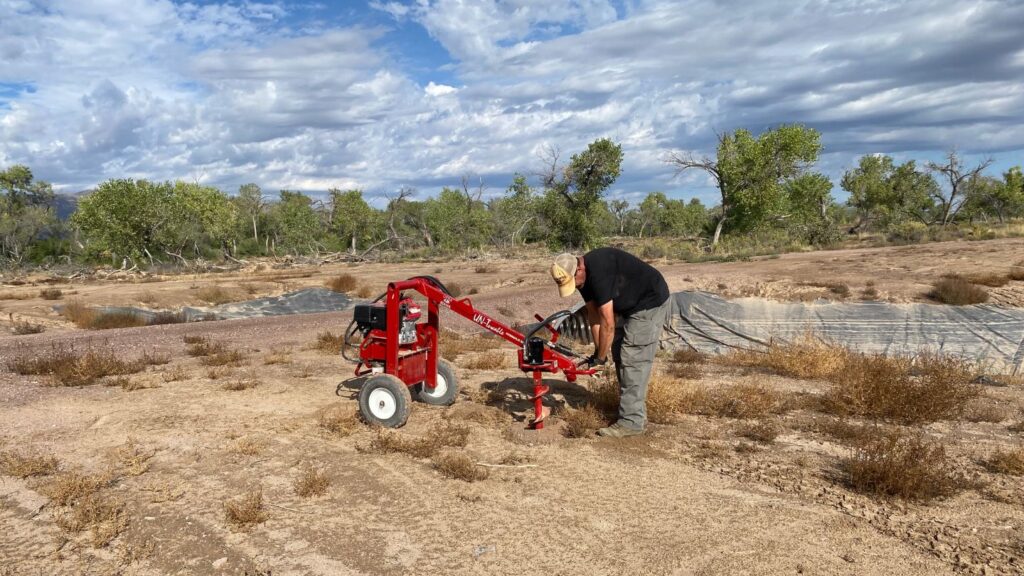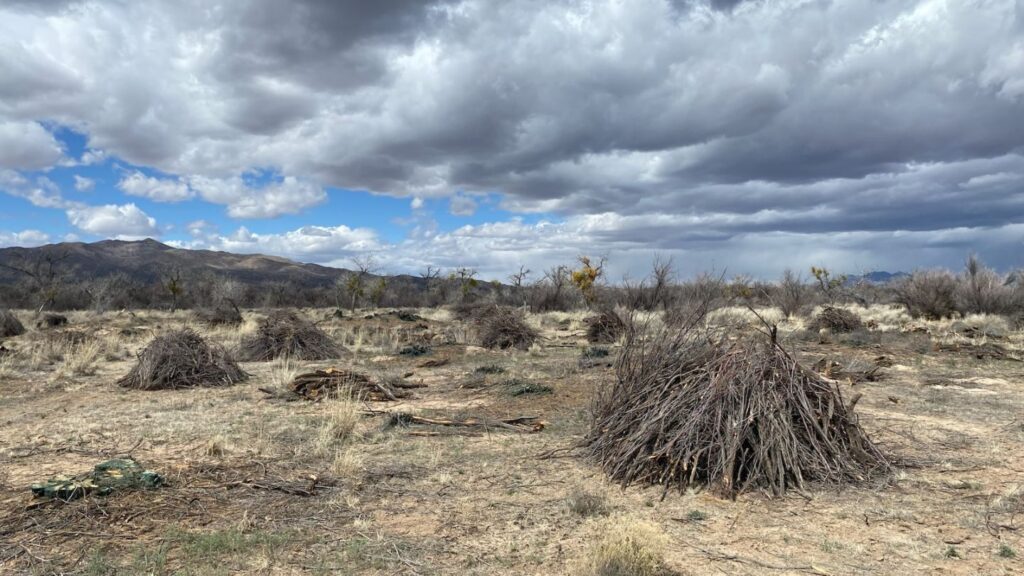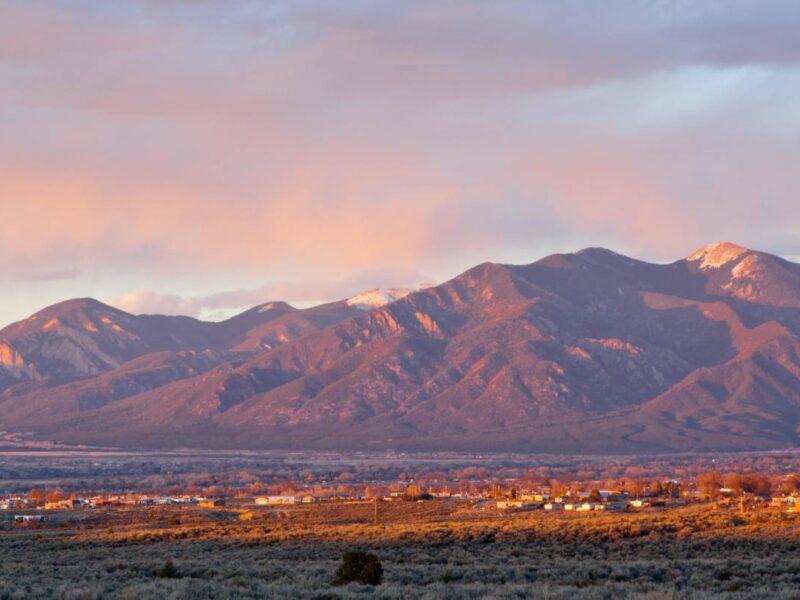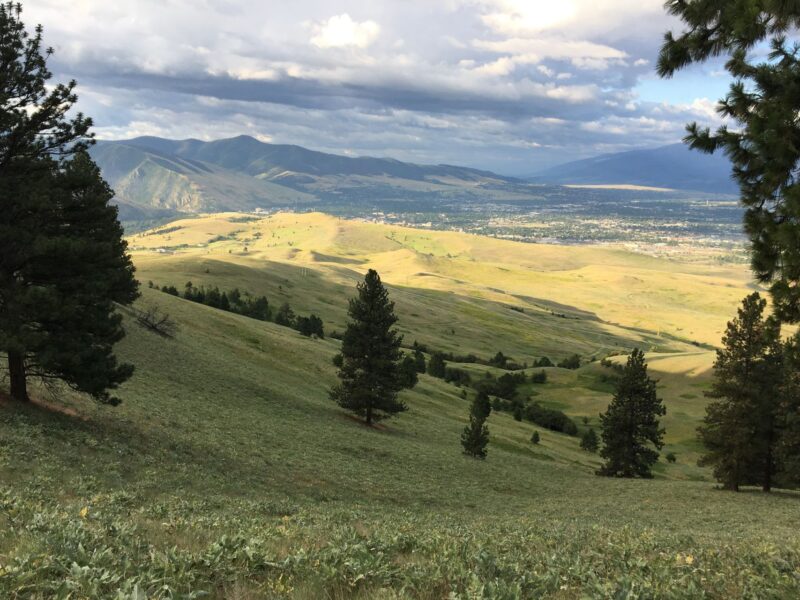New Mexico’s latest approach to funding conservation is already having big impacts
The New Mexico Land of Enchantment (LOE) Legacy Fund was enacted in 2023 and implemented July 1, 2024. It is New Mexico’s first-ever recurring annual investment in land and water conservation, agriculture and outdoor recreation projects statewide. Funding has been distributed across six New Mexico state agencies – including the New Mexico Department of Agriculture (NMDA) – to fund 11 programs and projects in fiscal year 2025.
In fiscal year 2025, the LOE Legacy Fund provided $2.81 million to NMDA to support its Healthy Soil Program, Noxious Weed Management Program, Soil and Water Conservation District (SWCD) programs and watershed district programs. Candidate proposals are encouraged to match and leverage federal match of 1:1.
This unique program was designed on the premise that New Mexico’s landscapes are very diverse economically, ecologically, culturally and jurisdictionally. All New Mexicans depend upon these diverse lands, and the businesses, agencies and communities that manage these lands must work together to be successful. As an example, many ranches throughout the state utilize land belonging to between two and five jurisdictions (e.g. private, tribal, state, U.S. Forest Service, Bureau of Land Management) on a single ranch. It can be challenging, but tribes, agencies, producers and businesses have learned how to be effective and efficient in collaboration. The LOE Legacy Fund takes advantage of those lessons learned, allowing state and tribal jurisdictions in New Mexico to support private landowners and leverage federal partner resources for collective impact.

One project in Chaves County perfectly illustrates this collective impact. The Chaves SWCD applied for a Landscape-Scale Restoration Project through NMDA, which includes, but is not limited to, fire mitigation, post fire restoration and watershed restoration. They received a $133,000 grant to remove invading one-seed junipers from native grasslands within their district. The priority landscape is roughly 200,000 acres with numerous ranches and a diverse mix of jurisdictions. The project includes $577,000 of dollar and in-kind match from the Chaves SWCD and their partners.
One partner, New Mexico State University, provided a workshop focusing on brush management and the key elements of planning and management of brush.
Other partners included Bureau of Land Management (BLM) fire, fuels, and resource specialists, state extension service, and a brush treatment consultant to do field reconnaissance of the area with the greatest risk for loss of grassland due to the invasion of juniper trees. This was a critical step, as they determined that they were able to expand on ongoing efforts by BLM where nearly 2,600 acres of juniper encroachment were recently treated at a cost of nearly $200,000. This helped prioritize efforts to capitalize upon previous work and target specific treatments on adjacent private lands.
Seven private landowners decided to participate in the effort through engagement with the Chaves SWCD. Their agreements commit the landowners to continued maintenance of treated areas, while providing them cost-share for treatment on their land. A key benefit of the collaborative approach is ensuring that efforts on private and public land are coordinated for maximum impact and cost-effectiveness: critical when treating invasive species which spread from untreated seed banks.
A key role the partners provide is a focus on monitoring results pre- and post-treatment to determine effectiveness. BLM provides tree density stand data using remote sensing, and grassland species diversity and production data. Playa Lakes Joint Venture provides line intercept data within treated areas in partnership with BLM to help determine how effective treatments are over time. Chaves SWCD is reporting on their efforts and providing monitoring data along with brush management techniques and cost share information on their website and through outreach at venues around the state.

The goals of the project are just as diverse as the partners, jurisdictions, roles and cultures. They include preservation and restoration of grasslands, creating diverse habitat for wildlife such as mule deer, pronghorn, elk, barbary sheep and wild turkey while stimulating the hunting and outdoor recreation economies; sustaining and enhancing native grasslands for livestock and agricultural production; and enhancing ecosystem services including increased water infiltration, carbon storage, and species diversity for long term sustainability.
Facing invasion of juniper seedlings into native grasslands as high as 1,200 seedlings per acre, the key common thread of the collaborative is reducing the juniper tree fuel load to lower the risk of catastrophic fire across this landscape. Left unmanaged, woody species buildup of that scale would be the perfect recipe for loss of native grasslands quickly followed by the possibility of uncontrollable wildfire with a detrimental impact to the local economy and livelihoods.
There is a Spanish saying “no se puede con uno solo” (it can’t be done with just one). If one of these partners falls away the chain weakens greatly. If new partners are added, it only gets stronger. As Jennifer Pierce from Chaves SWCD says, “We wouldn’t be doing this important work without BLM or any of our partners, or the LOE Legacy Fund’s key investment.”





